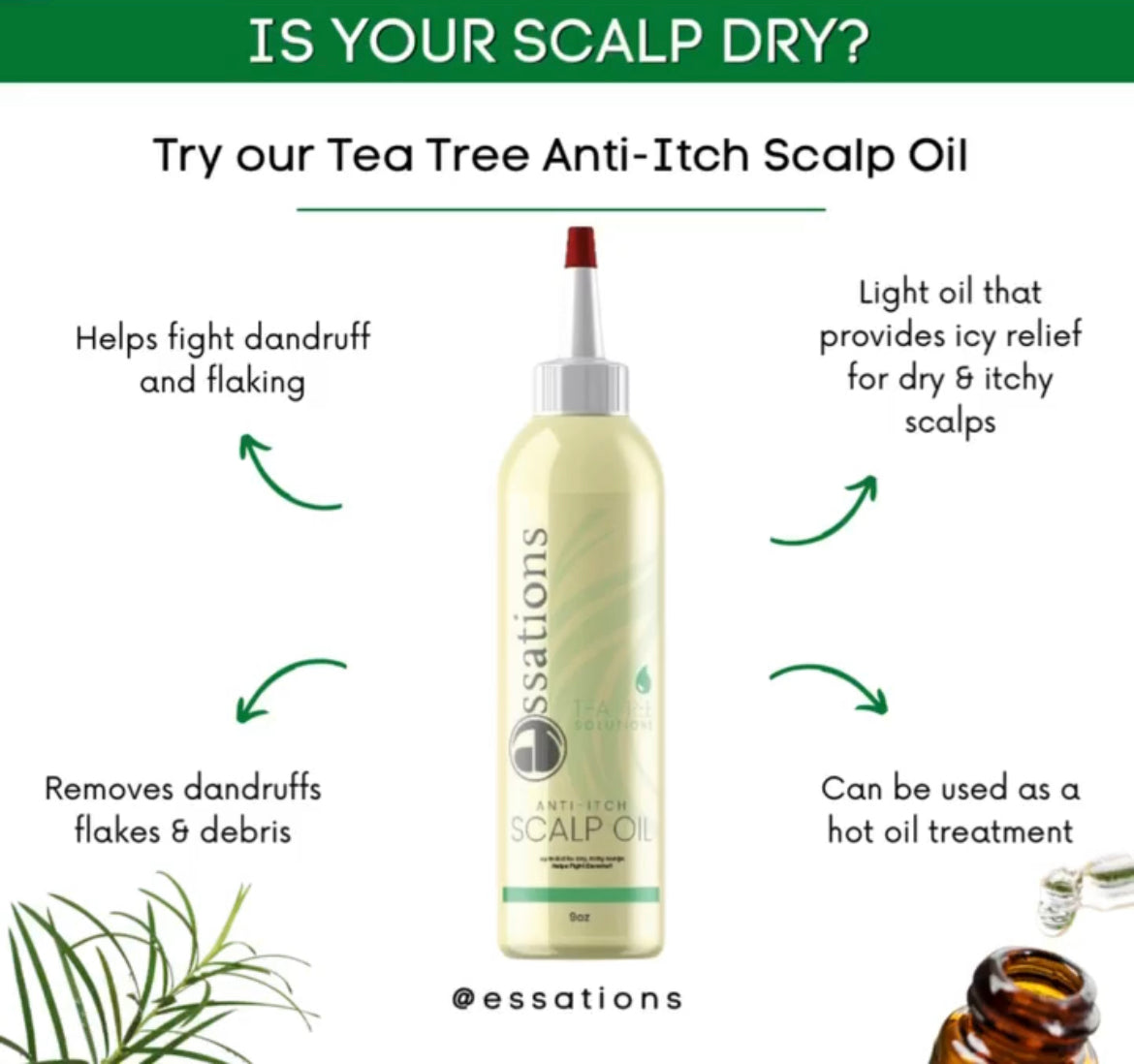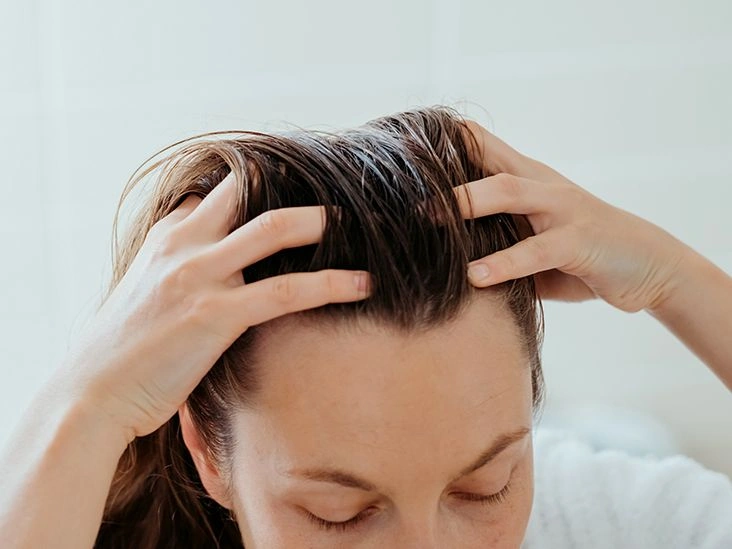Tea tree oil may offer relief for a variety of conditions, and it’s also commonly used to cleanse hair and reduce dandruff. You can apply the pure essential oil or choose a shampoo that contains tea tree extract.
Herbal extracts have been utilized for millennia as complements or alternatives to conventional medicine. Tea tree oil, extracted from the leaves of the Melaleuca alternifolia shrub, is one of the more widely used essential oils.
Many people turn to tea tree oil specifically to address dandruff and support scalp health. It frequently appears in everyday haircare items like shampoos and scalp treatments.

Continue reading to discover more about applying tea tree oil to your hair.
What are the benefits of using tea tree oil on your hair?
Tea tree oil may assist with several scalp issues, including dandruff.
Using shampoos that contain strong chemicals can strip hair follicles of important nutrients. Frequent styling or dyeing can also increase the risk of breakage and hair fall.
Adding a small amount of diluted tea tree oil to your shampoo can help reduce accumulation of product residue and dead skin cells. This supports a moisturized, healthier scalp and can reduce breakage so hair can grow more easily.
When flaky, dry skin accumulates on the scalp it often leads to dandruff. If left unaddressed, this buildup can impede hair growth. Because tea tree oil has antifungal properties, it can help with dandruff-related issues.
If your hair thinning is due to autoimmune disease, chemotherapy, genetic predisposition, or age-related loss, tea tree oil is unlikely to resolve that type of hair loss. In those circumstances, consult your physician about appropriate treatments.
What the research says
Unlike many mainstream alternative therapies, tea tree oil has some supporting scientific evidence. Research has largely examined its role in promoting a healthy scalp and managing certain hair conditions.
A 2021 study found that shampoos containing tea tree oil can effectively alleviate dandruff symptoms.
How to use tea tree oil on your hair
To address dandruff, choose a shampoo formulated with approximately 5% tea tree oil and apply it to the scalp. Begin with using it once per week and increase frequency if needed.
For overall hair health, blend tea tree oil with a carrier oil—such as almond oil—at a ratio of about 1:10 (tea tree to carrier oil). Using this diluted mixture daily can yield the best results.
Risks and warnings
Although tea tree oil can be beneficial, there are some important precautions.
Never ingest essential oils. Use them only on the skin and always dilute them in a carrier oil first. Perform a patch test on the inner lower arm before broader use and wait 12 to 24 hours to observe any reaction.
Watch for signs of a serious reaction, including swelling, severe pain, hives, or intense itching—these may indicate a topical allergic response.
If you have known allergies to Balsam of Peru, benzoin, colophony, eucalyptol, or members of the myrtle family, you’re more likely to react to tea tree oil and should generally avoid it.
Pregnant or breastfeeding individuals should exercise caution. Consult your healthcare provider before using tea tree oil on the hair if you are pregnant or nursing.
The bottom line
Tea tree oil can be a useful option for managing dandruff and supporting a healthy scalp. Look for it listed among shampoo ingredients, and always test it on your skin before regular use, since it can irritate some people.
If you develop a severe allergic reaction, seek medical help right away.


















Leave a Reply
You must be logged in to post a comment.